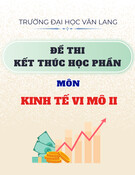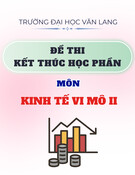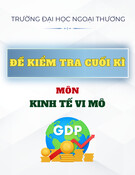
10/24/2013
1
IS-LM-CM
Small Open Economy
Capital Mobility
Mô hình Mundell-Fleming
“This model must be one of the most influential advances in macroeconomics in recent
times.”
Economic Times
“It still serves as the default model for most policy-makers. Further, the predictions of the
model are so striking and intuitive that they continue to represent the benchmark against
which the predictions of newer models are tested.”
Andrew K. Rose
One of the most significant advances made
by Robert Mundell was the extension of the
standard workhorse of macroeconomics —
the IS-LM model of the Hicks-Hansen
synthesis — to an open economy.
The Mundell-Flemming model, as it came to
be known, was the first to integrate
international monetary flows into
macroeconomic analysis. In the early
1960s, this model had foreseen the
importance of international capital flows in
determining key macroeconomic variables
such as real national income,
unemployment, price level and the interest
rate.
Robert Mundell has established the
foundation for the theory which
dominates practical policy considerations
of monetary and fiscal policy in open
economies. His work on monetary
dynamics and optimum currency areas
has inspired generations of researchers.
Although dating back several decades,
Mundell’s contributions remain
outstanding and constitute the core of
teaching in international
macroeconomics.
Nobel Prize Press Release
http://robertmundell.net/mundell-as-in/mundell-fleming-model/

10/24/2013
2
Mundell–Fleming Model
The 1999 Nobel Prize
Winner "for his analysis of
monetary and fiscal policy
under different exchange
rate regimes and his
analysis of optimum
currency areas“
In any open economy, policy
makers are confronted with
a trilemma, which is known
as the “Impossible Trinity”,
demonstrated by Nobel
Laureate Robert Mundell
Professor Robert Mundell
Nghiên cứu một mô hình
1. Giả định
2. Mục đích mô hình
3. Hệ phương trình (biến nội, ngoại sinh)
4. Tọa độ (sự hình thành đường, di, dịch chuyển)
5. Sơ đồ tác động

10/24/2013
3
Hệ phương trình
IS-LM-CM
Y = C(Y-T) + I(r) + G + NX(e)
M/P = L(Y, r)
r = r*
Tọa độ (Y, r)
IS*-LM*
Y = C(Y-T) + I(r*) + G + NX(e)
M/P = L(Y, r*)
Tọa độ (Y, e)
Tọa độ IS-LM-CM và IS*-LM*
LM
IS
CM
r
r = r*
Y
Y
Ghi nhớ: giao điểm IS-LM là lãi suất trong nước r

10/24/2013
4
Vận hành chính sách trong IS*-LM*
Fiscal Policy
Monetary
Policy
ER Policy
Fixed ER
Hiệu quả
Vô ích
1. Devaluation
(Phá giá)
2. Revaluation
(Nâng giá)
Floating ER
Vô ích
Hiệu quả
Làm thế nào
để đồng tiền
của họ lên
giá/giảm giá?
Nguồn: Frankel 2012

10/24/2013
5
Vốn di chuyển tự do và tỷ giá thả nổi
Vốn di chuyển tự do và tỷ giá thả nổi











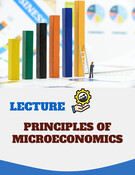
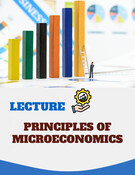
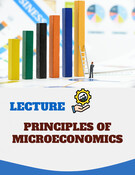



![Bài tập Kinh tế vi mô kèm đáp án [chuẩn nhất]](https://cdn.tailieu.vn/images/document/thumbnail/2025/20250923/thaovu2k5/135x160/19561758679224.jpg)

